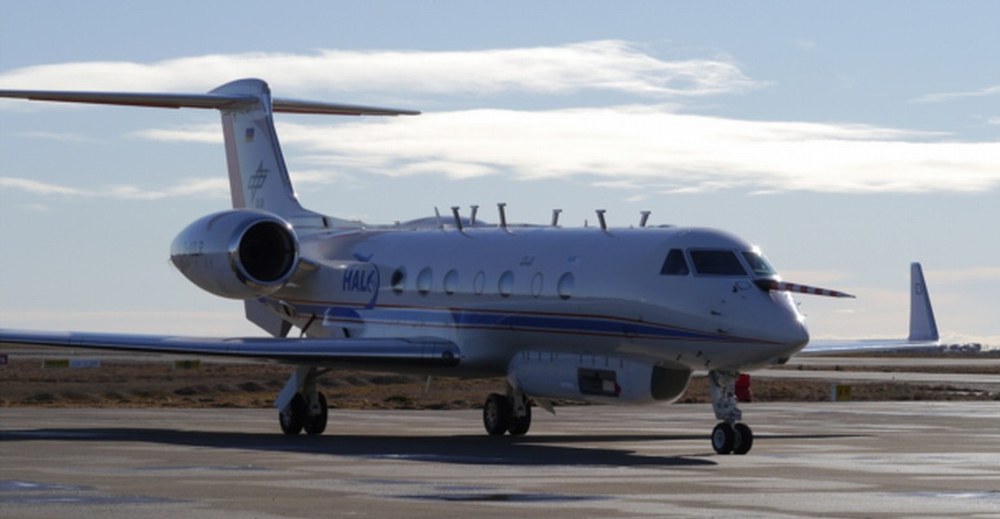Climate change in the Southern Hemisphere: Ozone hole, biomass burning in Amazonas and gravity waves targeted by the German Research Aircraft HALO
During the measurement mission „SouthTRAC“ (Transport and Composition of the Southern Hemisphere UTLS) the German research aircraft HALO investigates the Southern atmosphere and the role of gravity waves and associated tracer transport for climate change (September and November 2019).
Main objective of the initial measurement mission phase will be the analysis of gravity waves at the Southern tip of South America and above Antarctica. During the second phase in November the scientific objective is investigating the exchange of air masses between stratosphere and troposphere.
During the transfer flight between Europe and South America researchers will additionally investigate the impact of current biomass burning in the Amazonas rain forest on climate.
Researchers from German Aerospace Centre (DLR e.V.) involving institute of atmospheric physics (IPA) and flight experiments facility (FX), Karlsruhe Institute of Technology (KIT), Forschungszentrum Jülich and the universities Mainz and Frankfurt are coordinating the aircraft measurement mission.


About HALO
The research aircraft HALO (High Altitude and Long Range) is a collaborative initiative of German Research Establishments for Environment and Climate. HALO is funded by the Federal Ministry of Education and Research (BMBF), the DFG (Deutsche Forschungsgemeinschaft) representing German universities, the Helmholtz-Gemeinschaft (HGF) and the Max-Planck-Gesellschaft (MPI), the Leibniz Society, the federal state of Bavaria, the Karlsruhe Institute of Technology (KIT), the Forschungszentrum Jülich and the Deutsches Zentrum für Luft- und Raumfahrt (German Aerospace Centre, DLR e.V.).
